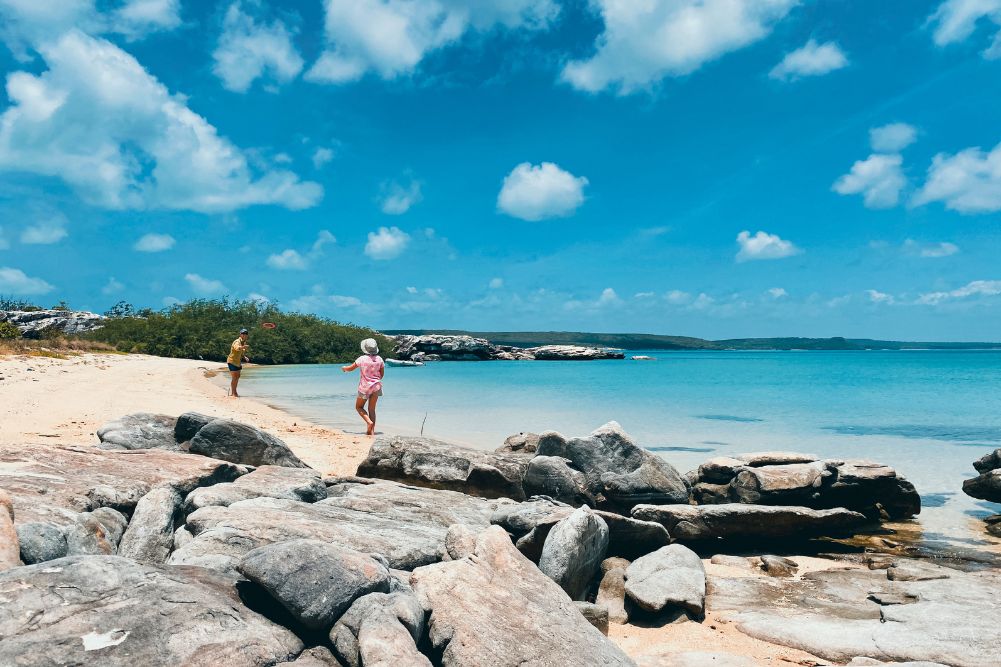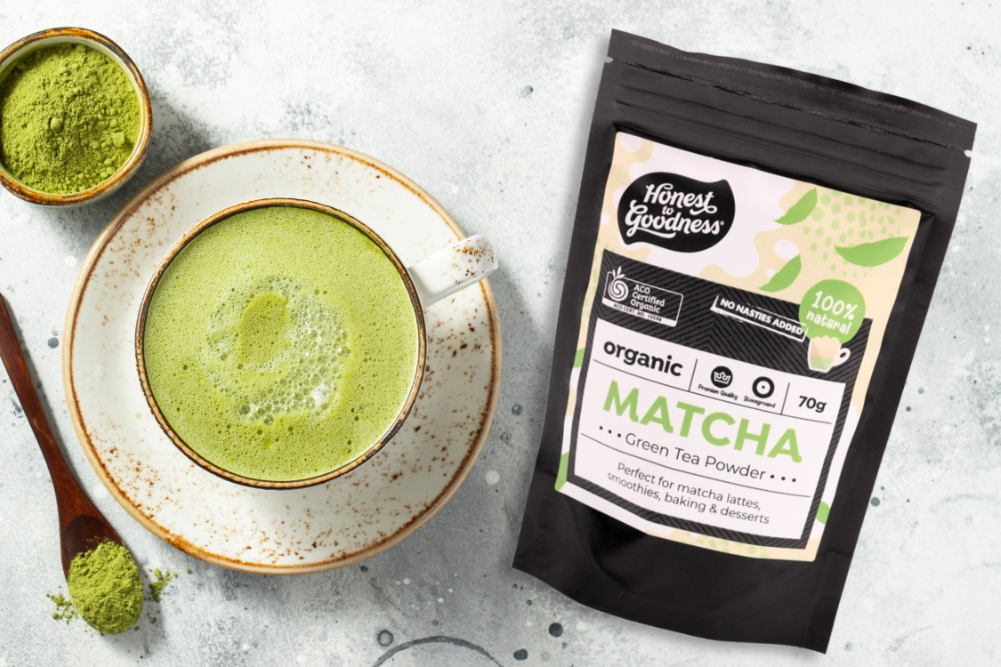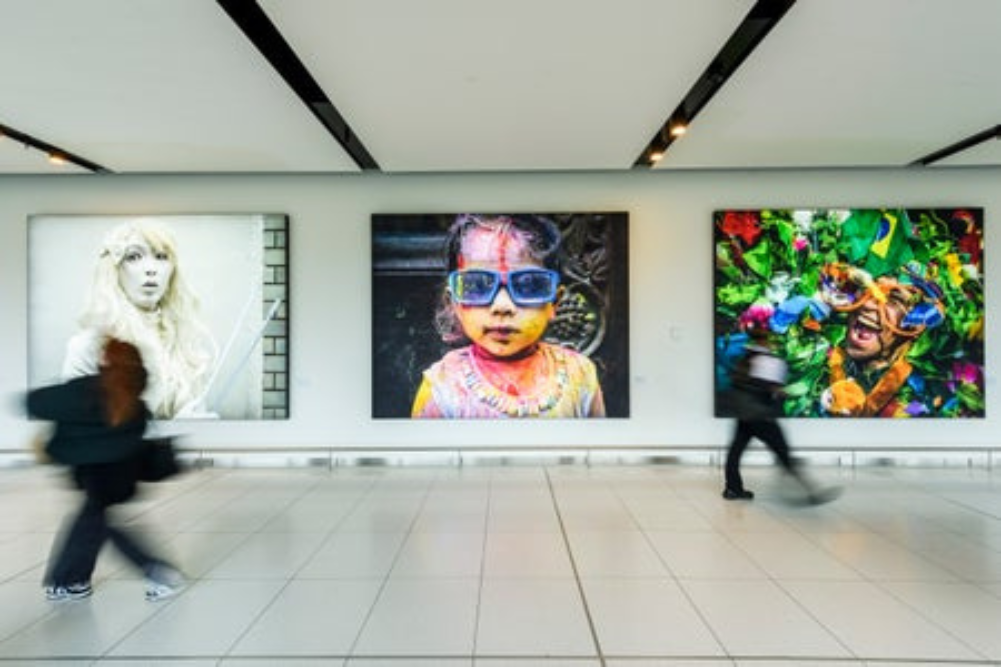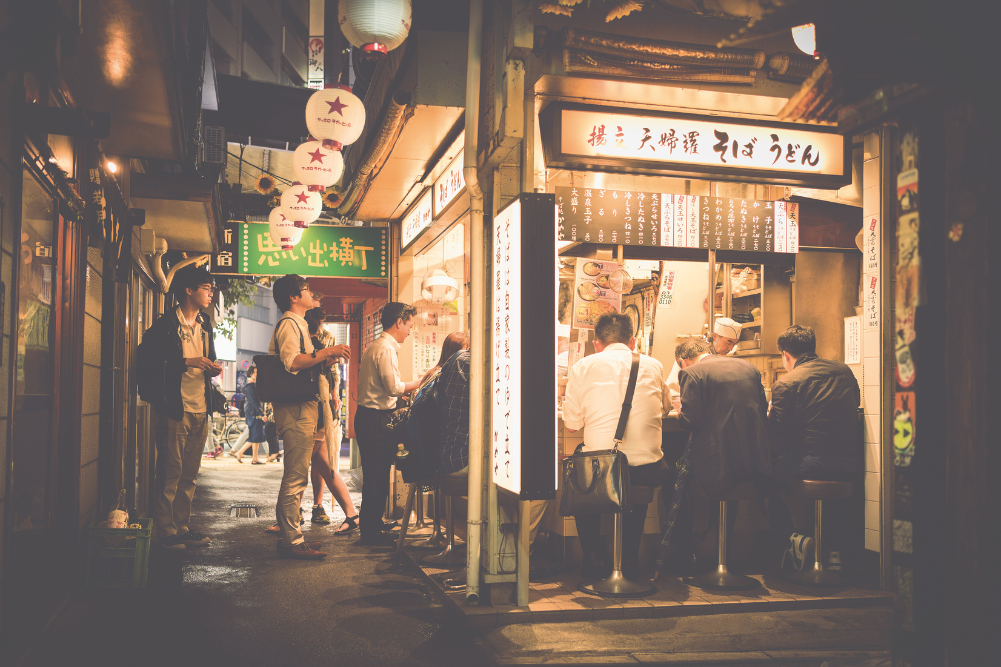Wurrwurrwuy stone adventures
The walking trail is deserted in the last cool hour of the morning. As we tread a path of crumbling bauxite on the edge of a turquoise sea, fragrant pandanus fruit scents the air. The soft chatter of birdsong is subdued by an intensifying heat as we wander down sand dunes to the water’s edge.
At Garanhan, on the grounds of a centuries-old Sulawesi fishing camp, we guzzle water in the shade of tamarind trees. Then we step back out onto a sunny trail that weaves through an extraordinary seaside canvas of Indigenous stone art.
A history in trading
The Wurrwurrwuy stone arrangements, located in Nhulunbuy on the tip of the NT’s Gove Peninsula, reveal a little-known slice of Australia’s pre-colonial history that dates back hundreds of years, perhaps to as early as 1640.
Back then, local Lamamirri (Yolngu) people shared harmonious times with visiting Makassan seafarers who sailed December’s northwesterly winds seeking the prized sea cucumbers they called trepang.
In return for permission to fish local waters, they gifted the Yolngu people dugout canoes and stone knives, axes and fish hooks. All of it changed the way the Lamamirri hunted and fished, and their successful catches filled coastal shell middens with dugong and turtle bones, too.
Laden down with their harvested and preserved sea cucumbers and the shells of turtles and pearl to sell to Chinese merchants, the Makassan fishing fleet, which at times numbered 60 small boats, returned to Indonesia with the same change of winds that carries Australian sailors today. Sometimes, intrepid Yolngu men shared the 1600km journey. As a result, over time family trees became inextricably linked on both sides of the Arafura Sea.
On his circumnavigation of Australia in 1803, English explorer Matthew Flinders is said to have encountered Makassans at Cape Wilberforce, just outside Gove Harbour. Here, the fleet’s captain, Pobassoo, supposedly told him of the Yolngu who sailed with them and had remained aboard.
Walking through time
At Garanhan, two centuries later, we tread a winding pathway through the Yolngu’s pictorial storytelling. Trying to take it all in, we’re rewriting our own grasp of Australian history with every step. We spot stones laid out in the shape of dugout canoes and tri-masted perahu or praus (sailing boats). We also see fish traps and the kind of fireplaces the Makassans used to boil and preserve sea cucumbers.
These enduring creations were constructed by Yolngu elders, most likely at the end of the 19th century. A way of literally setting in stone an unlikely and fascinating history.
When historian Campbell Macknight interviewed clan leader Mungurrawuy Yunupingu in the 1960s, the famous artist and father to activist Galarrwuy and Yothu Yindi band leader Mandawuy — both made Australians of the Year — talked of his own father’s visit to Makassar, and his efforts to preserve history through the stone works.
Back to the present day, after an hour of exploring, we retreat to picnic beneath the shady tamarinds. Ones planted by the same Makassan fishermen and used to flavour simple, shared meals. In this stifling heat, the sea is nothing but a teasing teal-coloured temptation. When you’re his deep in baru (crocodile) country, a fishing line is the only thing you’d want to dangle in the ocean. Instead, we revive ourselves on the air-conditioned drive back into Nhulunbuy. We’re soothed by chilly drinks and fuel station ice creams before setting out again to explore.
Buku-Larrnggay Mulka
For many travellers, it might be food or music that provides access into a culture’s heart, but the Yolngu had me at art. Overlooking the sea at Yirrkala, 19km from Nhulunbuy’s town centre is the Buku-Larrnggay Mulka Yirrkala Art Centre. What’s inside is quite unlike any I’ve discovered in Australia’s north.
This busy and vibrant labyrinth is part gallery, part museum. On top of that, it’s also a place for artisans to work, interact and let people like me watch on while they create. Yolngu artisans are experts at weaving traditional fibre-made creations from gunga, the fresh leaves of the pandanus bush that studs the landscape right across Arnhem Land.
Traditionally, gunga mats were woven into conical shapes called nganiyal and used as mini tents to shade sleeping babies. The scent of the pandanus helped to protect against mosquitoes. The gunga mats themselves were lightweight, versatile creations that could be folded and flattened to sit on, too.
The practice of dyeing the pandanus with natural pigments started when missionaries reached this remote community, and the results are undeniably striking. Gunga mats adorn walls throughout the gallery and are stacked in piles of every shape and size. Woven baskets and bowls draw our eyes and hands. My daughter spends more than an hour selecting the perfect one.
A huge array of canvases is on display and for sale, some painted on bark or timber, and exhibiting all kinds of artistic styles. In a large, airy space, I sit on the fringe watching women at work: painters hunched cross-legged over their canvases, dabbing paint brushes in deep concentration. They’re chatting as they’re filling vast canvases with colour.
Yolngu’s art, Yolngu’s history
I eventually find my way into the Mulka Museum, a sacred holding space for Yolngu culture curated by elders and opened by Gough Whitlam in 1988. Mulka celebrates the Yolngu’s dual Yirritja and Dhuaw moieties, and bark paintings from each clan are preserved here.
Here we find The Church Panels. The famous works dating back to 1962 made up of two immense ochre-on-masonite panels tell of the Yolngu’s custodianship of the land. At a time when mining rights threatened them, the panels were painted separately by artists from each of the Yirritja and the Dhuaw clans.
The panels once graced the altar of Yirrkala’s missionary Methodist church but were at some point discarded and left to rot before being rescued and safeguarded in the Mulka Museum. The presence of other important cultural treasures installed here makes this space feel as sacred as it should be. When we finally tear ourselves away, it’s with a far deeper grasp of Yolngu culture, language and law.
Bremer Island
Having arrived in Nhulunbuy aboard our own sailing boat, we set out under sunny skies for nearby Bremer Island. Snorkelling, we are assured, is a crocodile-free endeavour off Dhambaliya (Bremer), and the Yolngu-managed Banubanu Beach Retreat is the best getaway in town.
Catering to luxury-seeking escapees in solar-operated style, Banubanu prides itself on being completely off -the-grid. There are seven rooms in total, and its beachfront penthouse bungalow (from $1190/couple/night) comes with bubbles and breakfast, and a beachfront deck to enjoy them from. Additionally there’s a restaurant and poolside bar, and island transfers, kayaks and snorkelling gear are all included.
The name Banubanu refers to a rocky outcrop off the island’s northern tip, which Makassan traders named because it resembled a group of women (banubanu). The island’s eastern shores are buffeted by southeasterly trade winds over the popular dry-season months (May to September). Meanwhile on the protected western beaches, the water clarity startles those who never dreamed the NT could do island paradise quite so well.
Bremer Island is small enough to explore by boat or via walking trails and. Because there’s just one small family outstation, it’s largely uninhabited. Along the shores, rugged headlands bookend sparkling white sand beaches. We get a glimpse of four species of sea turtle lumbered ashore to nest. Altogether, there’s green, flatback, hawksbill and olive ridleys. At the same time, birdlife is prolific.
On the nearby East Bremer Islets, the protected Higginson Important Bird Area nurtures globally significant populations of bridled and roseate terns. Plus it’s home to crested terns and the only breeding site for common noddies in the entire Northern Territory.
Our visit
We drop anchor in solitude at the southern end of the island, tucked inside the sand spit with just a hint of a breeze. Venturing ashore, we have the beaches all to ourselves. Here we comb our way along the high tide mark for prized feathers and perfect seashells and spot turtle tracks that lead up into the dunes.
The water is gin-clear with a sapphire hue. Although we don’t pull out the snorkelling gear, we happily swim at the translucent water’s edge with confidence. Unquestionably there’s more watery exploring to do, and with fishing on our mind, we sail back into Gove Harbour to anchor off the cluster of granite islands called Ganinyara.
Despite its location, a 15-minute boat ride from the Gove Boat Club public ramp, there’s no weekend rush on these lovely isles. We anchor off and take the dinghy ashore, throwing ourselves straight into the see-through sea and donning sunglasses to ward off the sparkling quartzite-sand reflection.
The water here is too blue to be true. While the kids run off to scramble over the granite, we wallow in the shallows with chilled drinks and fishing rods. All the while, we’re keeping one eye open for crocs. There are picnic facilities and a single shaded campsite that intrepid solitude-seekers can have all to themselves. Days turn into afternoons catching dinner and cooking it over the campfire. Blissed, we watch sea eagles ride the thermals until the stars appear.
Music and markets
We sail back across Melville Bay just in time to catch Nhulunbuy’s monthly markets. It’s gathering with old mates and local musicians on the breezy edge of the Arafura Sea. There might not be waves to ride off shore, but the Surf Life Saving Club’s waterfront location lures a laidback crowd with cold beers aplenty and some rocking Indigenous tunes.
We shake out picnic rugs in front of the band stage, kick off shoes and start to dance. In between bands we sate appetites with slices of freshly fired pizza and rounds of cold drinks. Straightaway, the kids scoot off to spend their pocket money at the market stalls, returning with smoothies and home-made cupcakes. The chatting and dancing continues long after the sun sets and the Milky Way lights up the night.
It’s often said that faraway places pull the best communities together. With a thriving art and music scene, a distinct culture and incredible fishing and exploring to indulge in, Nhulunbuy is one of the best.
Escape routes
GO
The Wurrwurrwuy stone arrangements are located 38km southeast of Nhulunbuy (1042km from Darwin). Air North and Qantas fly direct from Darwin to Gove Airport (Nhulunbuy), from $307 each way.
VISIT
Plan a dry-season visit (May to September) for cooler temperatures and clearer skies.
STAY
Yolngu-managed Banubanu Beach Retreat, a minimal-impact luxury camp on Bremer Island, offers beachfront cabins from $690/couple/night (breakfast, transfers included, banubanu.com).
In Nhulunbuy, Yanawal Units (from $270/night) are Yolngu-owned, with all-abilities access. Camping at Macassan Beach or the Granite Islands costs $16.50/adult (half price for kids).
DO
Visit and shop at Buku-Larrnggay Mulka Art Centre (yirrkala.com)
Spend a day fishing with OBJ Adventures (objadventures.com.au)
Don’t miss Nhulunbuy’s monthly community markets (ncl.net.au).
PERMITS
A three-day visitor access permit for Dhimurru lands costs $39/adult ($15.50 for kids), at dhimurru.com.au. To purchase take-away alcohol (except in a licensed bar or restaurant), obtain a permit in advance and online (nt.gov.au)








